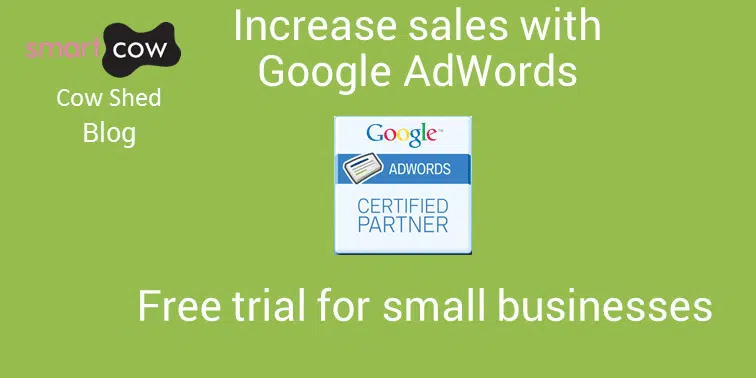Only 19 percent of small businesses use Google AdWords to reach potential customers*, but with 64.6% of people clicking on the ads when searching online**, it clearly makes business sense to utilise Google AdWords as a way of increasing sales.
Tips to make the most of your budget
While these stats indicate the importance of making your website visible to search, AdWords can sometimes be difficult to get right. If you’ve tried using AdWords before, you may have found that it didn’t work as well as you thought. Perhaps it felt like you were throwing money down the drain. Here’s a few tips that may help you get the most for your Google AdWords budget.
1. Select the right keywords and use very specific long tail keywords. Comprising three or four words, the long tail keywords are relevant to what people want to buy. The phrasing is targeted and very specific.
2. Keep your keywords local. If you have a nail salon, then adding in the location will mean it will be relevant for people looking for a nearby beauty place.
3. Be wary of pop-ups. While essential to your website to gain invaluable customer data, if you’re using Google AdWords, pop-ups are not allowed on the page you direct people to.
Free £75 Google AdWords offer
These are just a few tips to help you tailor your Google AdWords. While it can be somewhat complicated, as a certified Google Partner we’re here to help small businesses with the advice you need. And, if you’re a new customer to Smart Cow, we can offer you £75 worth of free AdWords to set you on your way. All we need to do is set up your account for a one-off fee. You then have the option of utilising the £75 yourself or if you would like us to manage this aspect for a set period, we can do that too.
Google Ads agency Croydon
So what are you waiting for? If you’re looking to conduct a Pay Per Click marketing campaign, give us a call today on 020 3137 1826 and find out more about the benefits of Google AdWords to your small business.
Source: *G2 Crowd third quarterly research report ‘Crowd Views’ via TechCo; **Wordstream, 2016




